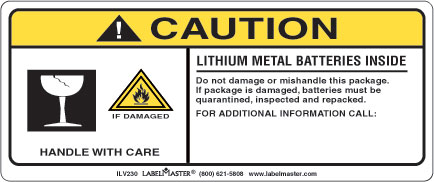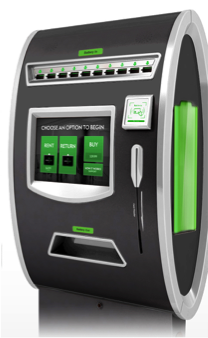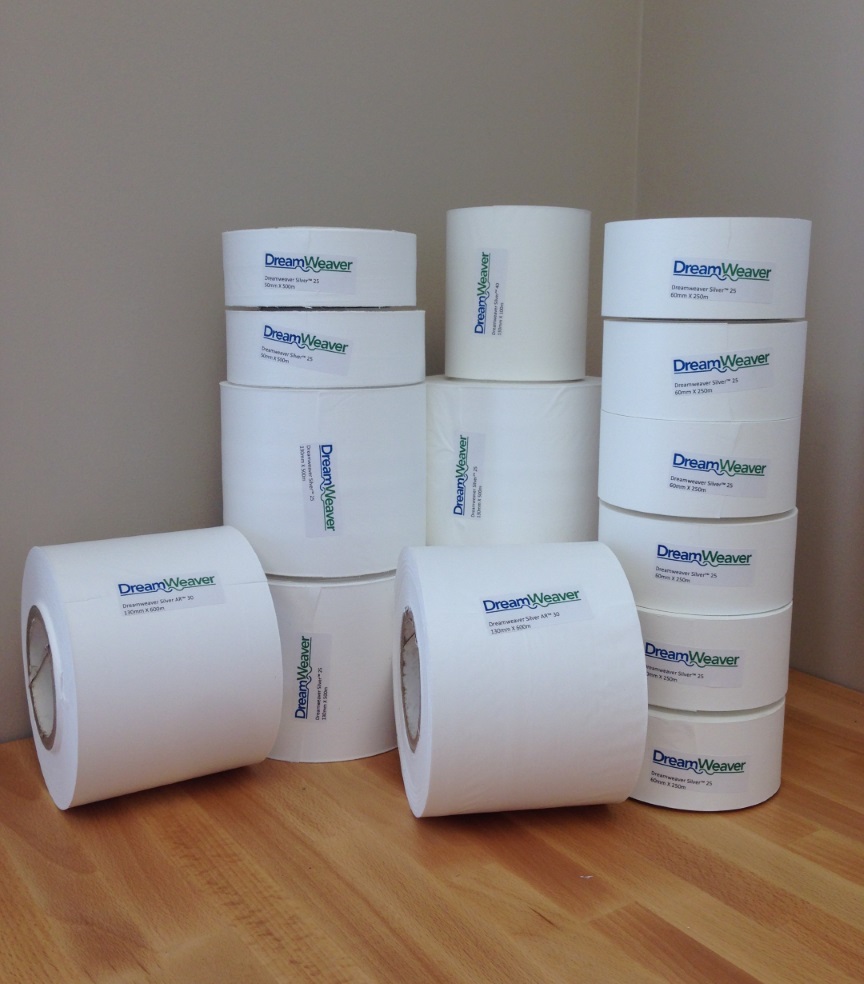Robert Alverson, CHMM
Labelmaster
In August the US Department of Transportation (DOT) issued final rule HM-224F affecting the safe transport of lithium batteries[1]. DOT announced that the effects from the revisions of HM-224F will “strengthen safety conditions for the shipment of lithium cells and batteries. These changes, some of which focus specifically on shipments by air, will better ensure that lithium cells and batteries are able to withstand normal transportation conditions and are packaged to reduce the possibility of damage that could lead to an unsafe situation[2].” Read more about The Changing Regulations Pertaining to the Transportation of Lithium Batteries …











 Igor Bimbaud, Director, New Energies
Igor Bimbaud, Director, New Energies
